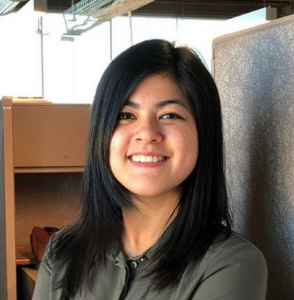
Tuja Khaund will be speaking at today’s UALR’s EIT Colloquium. Her talk “Information Actors on Social Media: Who are they and how do they coordinate?” will start at 3:00 PM CST today, Friday, April 10.
To view her presentation live online, visit:
https://us.bbcollab.com/guest/1c555535701140c8a156f8451c9baa20
Abstract of Talk:
Online social networks (OSNs) are a major component of societal digitalization. OSNs alter how people communicate, make decisions, form or change their beliefs, attitudes, and behaviors. Thus, they can now impact financial systems and political communication at scale. As one type of OSN, social media platforms such as Twitter, Facebook, YouTube, etc. serve as outlets for users to convey information to an audience as broad or targeted as the user desires. Over the years, these social media platforms have been infected with automated accounts, or bots, that are capable of hijacking conversations, influencing other users and manipulating content dissemination. Although there exist benign bots that facilitate legitimate activities, our emphasis is on bots that are created to do harm through social media platforms. Bots that mimic social behaviors of humans are referred to as social bots. Social bots help automate many socio-technical behaviors such as tweeting/retweeting a message, ‘liking’ tweets, following users, and coordinating with or even competing against other bots. Social bots exist as benign bots such as advertising bots, entertainment bots, etc. as well as malicious bots such as spam bots, hackers and influence bots. Some of these bots operate independently and autonomously for years without getting noticed or suspended. Furthermore, some of the more advanced social bots exhibit highly sophisticated coordination and communication patterns with complex organizational structures.
About Tuja:
Ms. Khaund graduated from UA Little Rock with her master’s degree and is currently pursuing Ph.D. in Computer & Information Sciences at UALR. Her research focuses on social media data analysis, social computing and network analysis. More specifically, analyzing social bots and their behavior, evolution, and coordination. She has also worked on cyber forensic analysis of blogs and YouTube content in order to detect covert connections and digital footprints of a website, a user, or an organization.
